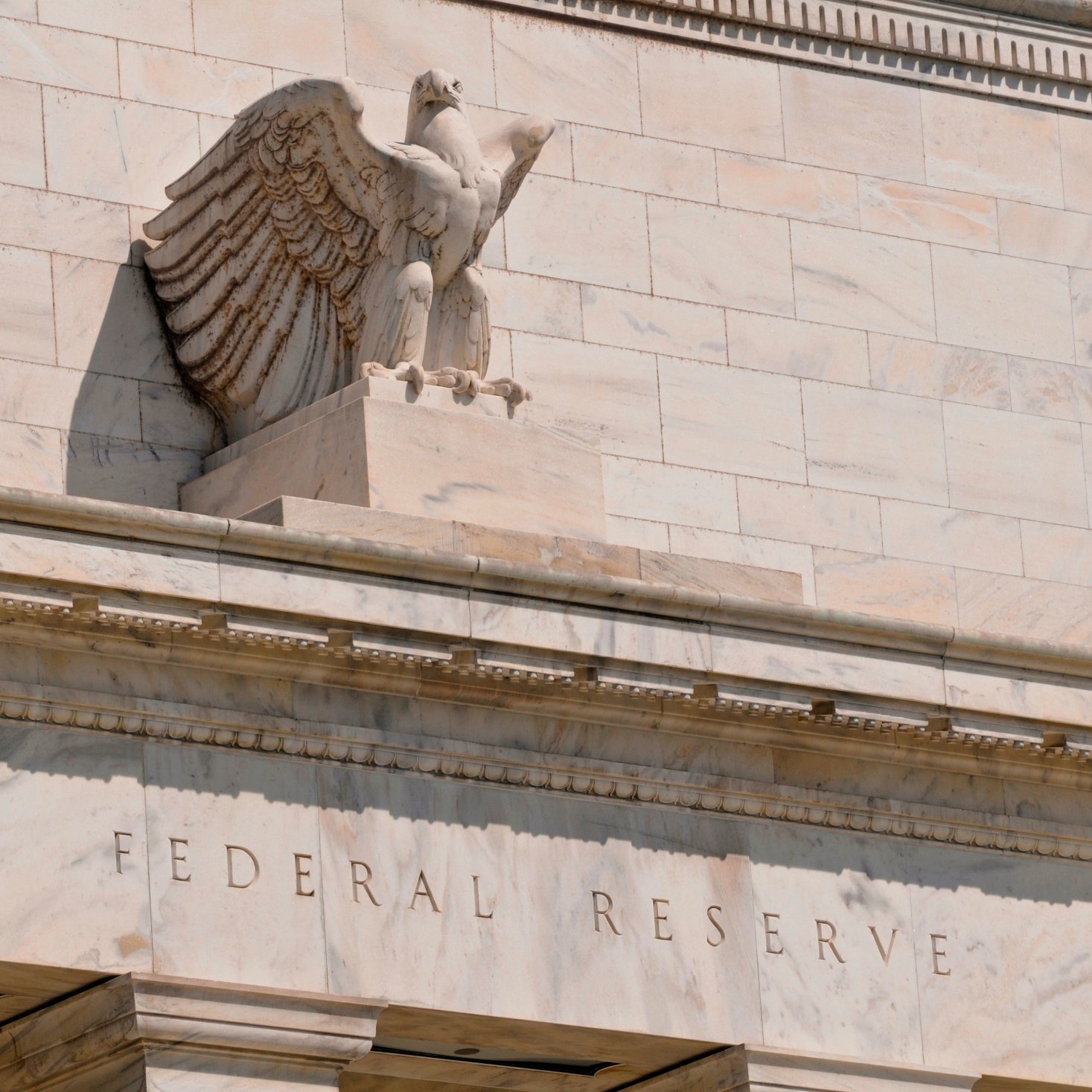Economy
Why This Ignored Indicator Is More Important Than Interest Rate Hikes

Published:
Last Updated:

On the Bloomberg economic calendar, there’s a link in every week’s Thursday column for the Federal Reserve money supply. If this metric doesn’t seem important, it’s because it isn’t perceived as such, at least not anymore, and Bloomberg goes so far as to explain exactly why:
The monetary aggregates used to be all the rage when the Fed did not publicly announce its interest rate target … the Fed in the past issued target ranges for money supply growth at its first report to Congress each year. In the past, if actual growth moved outside those ranges it often was a prelude to an interest rate move from the Fed. Today, the Fed no longer sets money supply targets … Monetary policy is understood more clearly by the level of the federal funds rate.
In other words, things used to be the other way around. Interest rates used to be adjusted by the Fed according to monetary aggregate targets. That changed when the Federal Open Market Committee started publicizing its interest rate decisions. Ever since, those have taken center stage and the monetary aggregate data that used to guide these decisions in the first place has been largely forgotten.
As a result, Wall Street has put the cart before the horse on interest rate announcements for decades. Until 2008 though, this didn’t really matter, because interest rate decisions and monetary aggregate data went more or less in tandem with each other. Since 2008 though, the situation has changed.
Ever since the financial crisis, interest rate hikes no longer necessarily affect the money supply in the same way because there are still about $2 trillion in excess reserves held at the Fed, which can cushion the M2 aggregate from being affected by rate hikes if drains come from that excess. That means interest rate hikes and money supply can now move independently, and investors must decide which indicator is more important. Consider, though, that the independence of these two indicators from each other is a brand new phenomenon for the U.S. economy, only 10 years old in fact. For nearly a century since the Fed was founded, interest rates and money supply moved basically together.
There’s a little box under table 2 at the H.6 report from where Bloomberg takes its weekly money supply data for its economic calendar. That box breaks down quarterly M2 growth by percentage from 13 weeks previous. Since weekly M2 data are volatile, this number indicates broader trends in the amount of liquidity in the U.S. banking system, from which stocks and everything else in the economy draw their value in the most basic sense. This week’s number is 2.8% seasonally adjusted. In isolation this number is meaningless, until we look back at previous years for this week of the year. Doing this, we find that the only time that number was lower was in 2010, when it was −0.4%, meaning quarterly shrinking. From late April of that year until the first week of July, the S&P 500 fell 15%.
There’s a fly in the ointment though. The Fed’s seasonal adjustment formulas have changed since 2010, so the seasonally adjusted numbers for 2010 and 2018 are no longer apples to apples. For such a comparison, non-seasonally adjusted numbers are preferable because they show the absolute quantity of money in the system at any given time. The Fed does not publish this number but it can be calculated manually from the raw data. Non-seasonally adjusted M2 growth rates tend to bottom out around August every year, and the last time the rate went negative, besides 2009 when stock prices were far lower than previous years and therefore needed much less liquidity to support them, was 2008.
Given that investors have pretty much priced in the expected number of rate hikes this year, besides the fact that rates now move independently of the money supply given excess reserves in the banking system, it might be prudent to pay special attention to this number as summer approaches. If it moves to negative territory as it did just before the financial crisis and in 2010, which saw a 15% correction, we may be in for some rocky summer action.
Want retirement to come a few years earlier than you’d planned? Or are you ready to retire now, but want an extra set of eyes on your finances?
Now you can speak with up to 3 financial experts in your area for FREE. By simply clicking here you can begin to match with financial professionals who can help you build your plan to retire early. And the best part? The first conversation with them is free.
Click here to match with up to 3 financial pros who would be excited to help you make financial decisions.
Thank you for reading! Have some feedback for us?
Contact the 24/7 Wall St. editorial team.